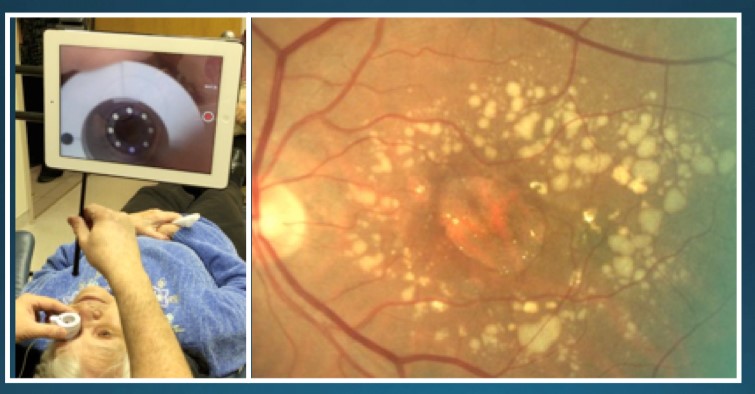Jun 10, 2019
Reshaping the Cornea to Restore Sight

Dr. Raymond Stein is a world-renowned innovator in laser eye treatment, and has played a lead role in bringing many pioneering laser procedures to Canada. Most recently, Dr. Stein became the first clinical site in Canada to offer a sight-restorative laser treatment for people living with low vision from age-related macular degeneration (AMD) and other retinal disorders with central vision loss.
To date, all evidence demonstrates that the treatment is easy, safe, and effective for patients. How effective? Published international results have demonstrated significant improvements in both near and distance visual acuity at one month, six months and twelve months after the procedure in patients who satisfied screening criteria and had low vision between 20/80 to 20/400. There is a growing body of evidence that the treatment is effective for patients living with dry AMD. Since bringing this new treatment to Canada, Dr. Stein has been conducting a clinical trial with Dr. Sam Markowitz to learn more about the impact of this treatment on patients living with AMD. To date, Dr. Stein has treated over 75 patients at the Bochner Eye Institute with very encouraging results. Patients with dry AMD are gaining an average of two lines of vision and some patients are gaining as many as eight lines.
The treatment uses a new low energy laser to change the biomechanics and optics of the cornea. As a result of this breakthrough Clear-K Corneal Photovitrification (CPV) procedure, the cornea can relocate images to areas of the retina (the light-sensitive tissue at the back of the eye) that have not been damaged by disease. The incredible plasticity of the brain allows for vision to continually improve over time, as the brain learns how to see with retinal cells that it was not using before. There is a growing body of evidence that the treatment is effective for patients living with dry or wet AMD.
Dr. Stein is optimistic that this treatment might have the capacity to restore vision to patients who have lost sight due to other macular disorders. This is because, at the most basic level, the procedure works by relocating images toward areas of the retina with functioning cells.
Reference
Stein, Raymond and Stein, Rebecca. 2019. Refractive Surgery: Today and the Future. Ophthalmology Rounds, Ophthalmology and Vision Sciences, University of Toronto.
Join the Fight!
Learn how your support is helping to bring a future without blindness into focus! Be the first to learn about the latest breakthroughs in vision research and events in your community by subscribing to our e-newsletter that lands in inboxes the beginning of each month.
